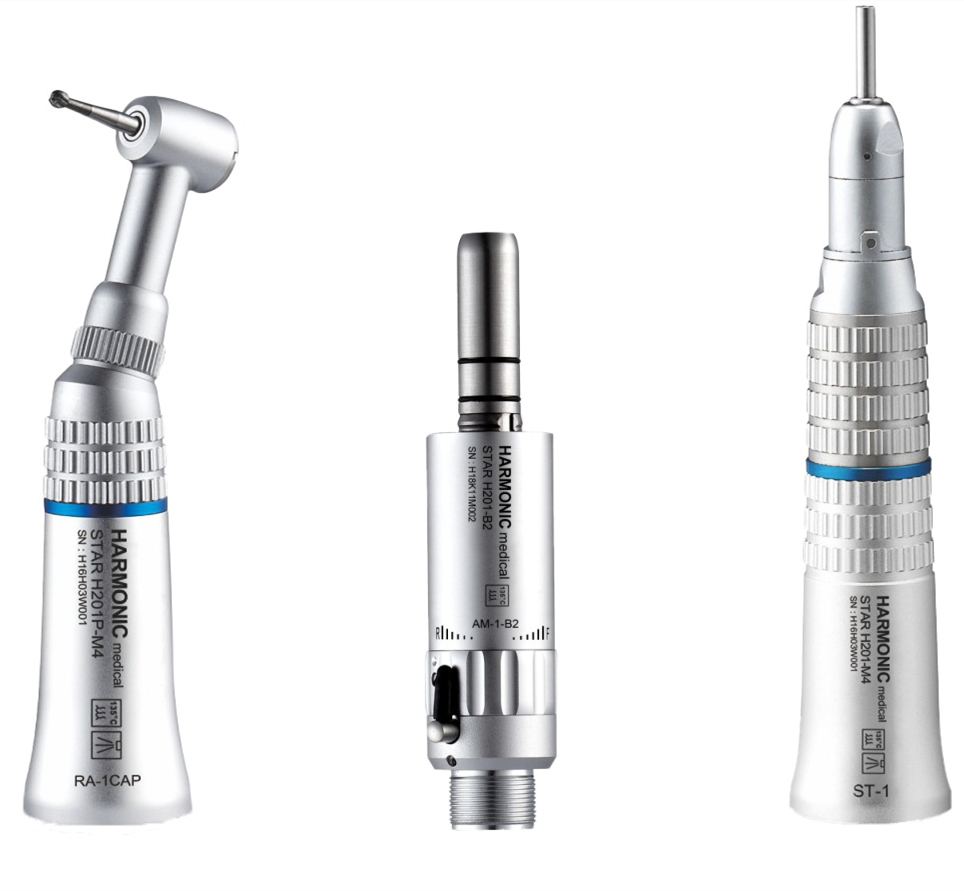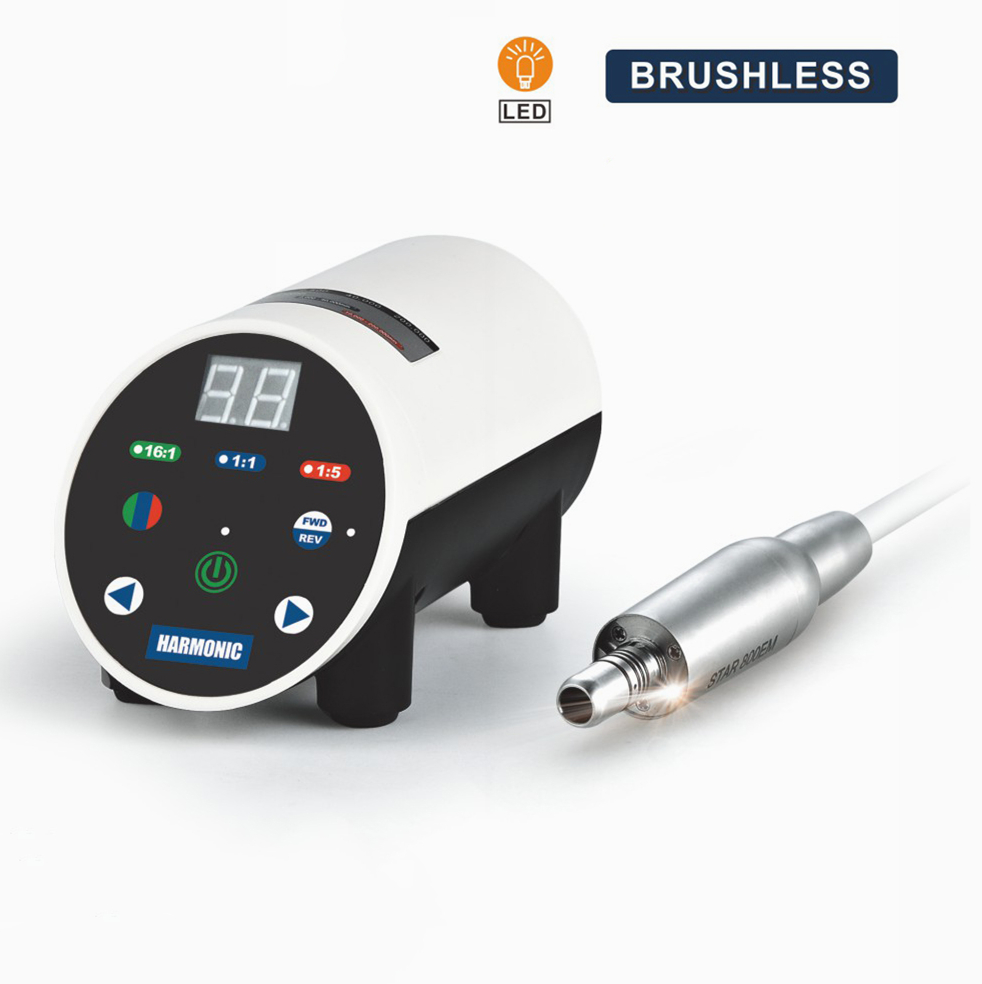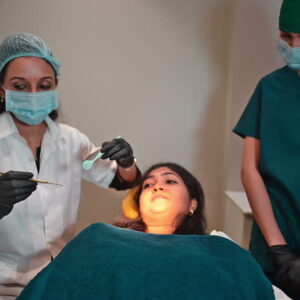The micromotor is one of the most used instruments in the dental field, as it is used for all kinds of dental and lab procedures. Even if you have worked with the dental handpiece, you would have known about the dental micro motor.
Let’s get to know about what type of dental micromotor is available and how it is used in the dental field.
What is dental micromotor used for?
When it comes to dental handpieces, every handpiece comes with a compact micromotor. The micromotor used in dentistry can be used in drilling semi-hard tissues in the mouth. It is mainly used for the treatments like tooth extraction, root canal therapy, and other kinds of periodontal services.
There is also brushless micromotor dental available and it will be perfect for any kind of electric handpiece. The main purpose of the micromotor in the handpiece is to control the torque and speed of the handpiece while performing dentistry practices.



Modern technology also introduced the latest version of the micromotor which will have high torque so you can use it in the handpieces to increase speed. There will be an interchangeable head using that the handpiece can be easily adjusted and when compared to other oral equipment in the dental lab, this is inexpensive.
Using this dental micro motor, dental operations can be done easily, and even though it is light, still it will be powerful so that there won’t be any additional force required for the operation.
Types of dental micromotor:
The dental micromotor comes in two types: air or electric, and in different sizes and models. The micromotor handpiece is connected to the hoses of other dental equipment with a variable connection system. The instrument comes in two different types, such as a contra-angle handpiece and a straight handpiece.
- Contra-angle handpiece
The shape of the handpiece will form a horizontal angle, and this type of dental handpiece will facilitate access to the mouth. On one end, the micromotor will be attached to the handle, and on the other end, there will be different burs depending on the use, we can use that.

As the name indicates, the shape of the handpiece will be straight, and it is mainly used in the retouching of dental prostheses. This type of dental micromotor will have a regulator, which will control the speed and rotation’s direction. The micromotor for the straight handpiece can be pneumatic or electric, and the most commonly used micromotor will be the pneumatic one.
Recommended dental micromotor:
Here are some recommended products from the Dental Lab Shop, an online place where you can purchase high-quality dental equipment and supplies at the best price possible.
- Dental Laboratory Handpiece – Marathon H37L1
This dental laboratory handpiece is mainly used for lab procedure operations, and it will work with the regulatory speed with minimal noise. It comes with a brush micromotor, so there will be less noise, and also comfortable to use.
The range of revolutions for the straight handpiece will range from 0 to 35,000 and there will be a change in the direction while turning. This is a lightweight and easy-to-clean material and comes with an on/off button on the front.
- Brushless Dental Lab Micromotor
The brushless dental lab micromotor is professional and high-precision manufacturing equipment, and it has the most advanced brushless DC motor technology. This type of micromotor will offer more speed, more powerful torque, maintenance-free brushless, and also quieter. It comes with a touch keyboard, so this type of brushless micromotor will be more comfortable and convenient.
The main purpose of this dental lab micromotor is grinding, carving, and polishing the denture teeth. This is driven by a brushless motor so it offers a powerful and long-lasting performance.
- Portable Brushless Motor for electric handpiece

The portable brushless micromotor provides the fast and efficient cutting ability, and it is also comfortable and portable to handle. It is mainly used for the cutting, trimming, and finishing of acrylic dentures. Even it can be used for the caste model preparation, and depending on the usage, it can be used at low, medium, and high speeds.
As it is the portable one, so it won’t provide high speed and employs high torque. This type of brushless micromotor is economical and there won’t be any need of changing the carbon brushes.
E-type of motor dental is a high ISO standard connector and it can be directly connected to the straight handpiece. The main use of the e-type motor dental is denture polishing and cutting work. This straight handpiece is not included in the micromotor set, and the speed can be adjusted from 2,000 to 40,000 rpm.
The best part is that it will allow the foot pedal and using this, the rotation speed and the hands-free speed can be adjusted. It offers step speed control and there will be forward and reverse switchable. This is the better instrument for the technician who wanted to do polishing and finishing in the prostheses.
Tips to know before buying the dental micromotor:
- Budget is the crucial thing to consider while buying a dental micromotor, as the single handpiece micromotor will cost less when compared to the high-end electric handpiece
- Even though the electric micromotor is used mostly, still people prefer the air micromotor. The electric micromotor will increase the speed and torque, but the investment will be high
- Depending on the features also, you can purchase the micromotor and the features vary from weight, water spray, sound level, torque, head size, and light intensity
- The purpose of the dental micromotor varies depending on the needs, if you are using it for children, then head size and access are important, and for the third molar extractions, you can use the 45-degree handpiece
Bottom Line:
As the technology in the dental field is increasing, dental micromotor comes in different sizes and models. But make sure to get the right micromotor for your handpiece, and you will find different types, depending on the need, you can choose one.





